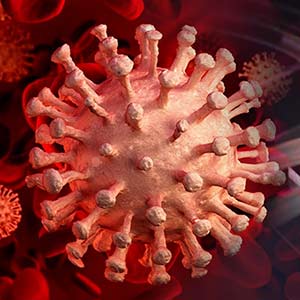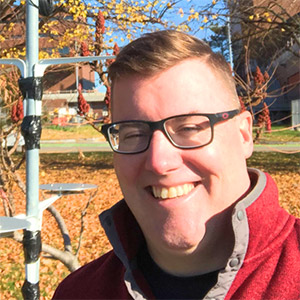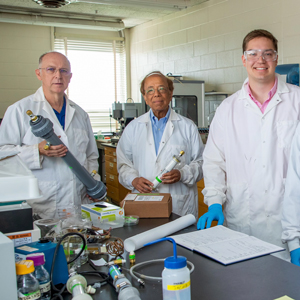NIEHS grant recipient Francesca Dominici, Ph.D., was the star witness during an April 28 online roundtable on minority health and the COVID-19 pandemic. U.S. House Natural Resources Committee Chair Rep. Raul Grijalva, from Arizona, organized the event.
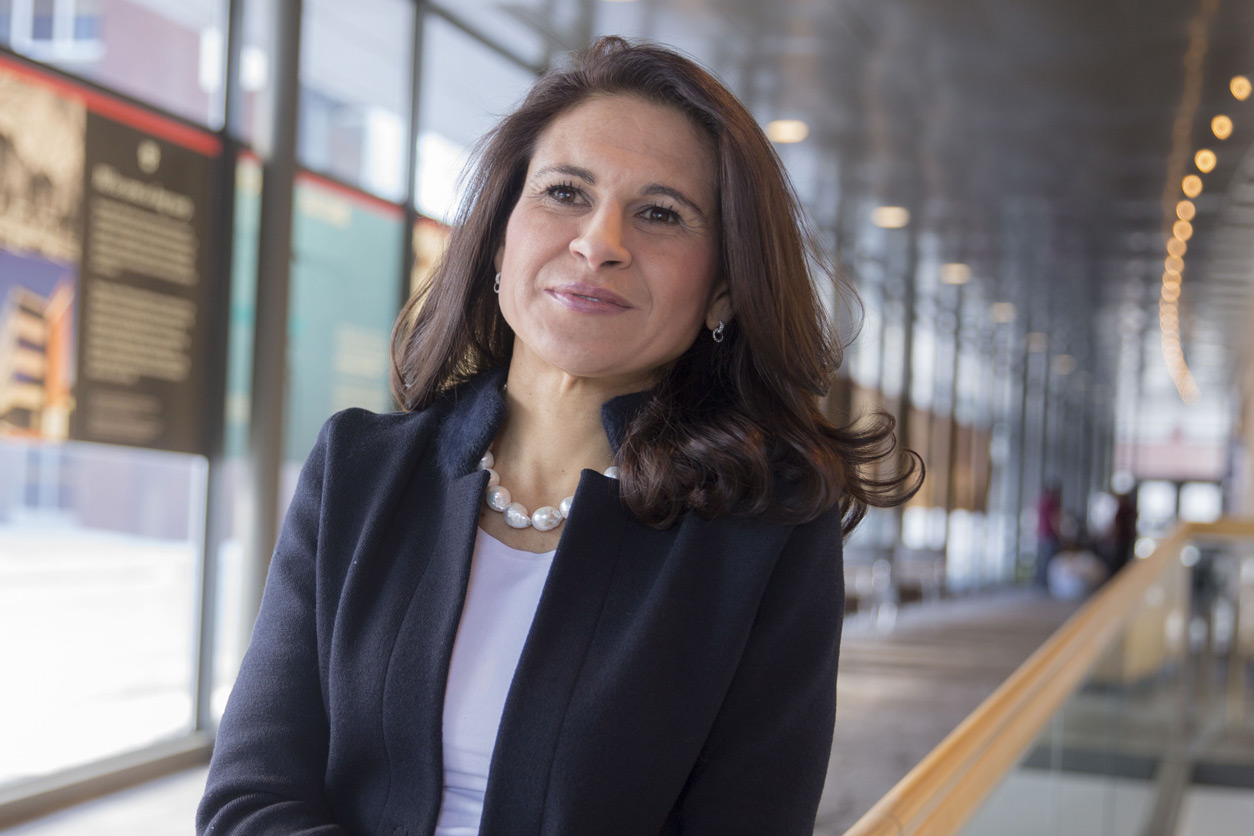 “I have spent my career estimating health effects of air pollution,” said Dominici. “Unaddressed environmental justice issues remain systematic.” (Photo courtesy of Kris Snibbe, Harvard University)
“I have spent my career estimating health effects of air pollution,” said Dominici. “Unaddressed environmental justice issues remain systematic.” (Photo courtesy of Kris Snibbe, Harvard University)Dominici is a professor at the Harvard T.H. Chan School of Public Health. She released a preprint paper April 5 titled “Exposure to Air Pollution and COVID-19 Mortality in the United States: A Nationwide Cross-Sectional Study.” Preprint servers post research papers before they have been peer reviewed, often to make findings quickly available. In cases such as this pandemic, researchers hope to speed up availability of treatment, vaccine, or awareness of populations at higher risk.
Grijalva invited Dominici to the meeting after her paper gained national attention.
Tackling health disparities
Low-income and minority groups face increased health risks from fine particulate matter (PM2.5) air pollution, according to Dominici and the other speakers. Related environmental justice issues include limited resources to combat the coronavirus.
“While the COVID-19 pandemic has been devastating to communities across the country, environmental justice communities have been particularly hard-hit,” said Grijalva.
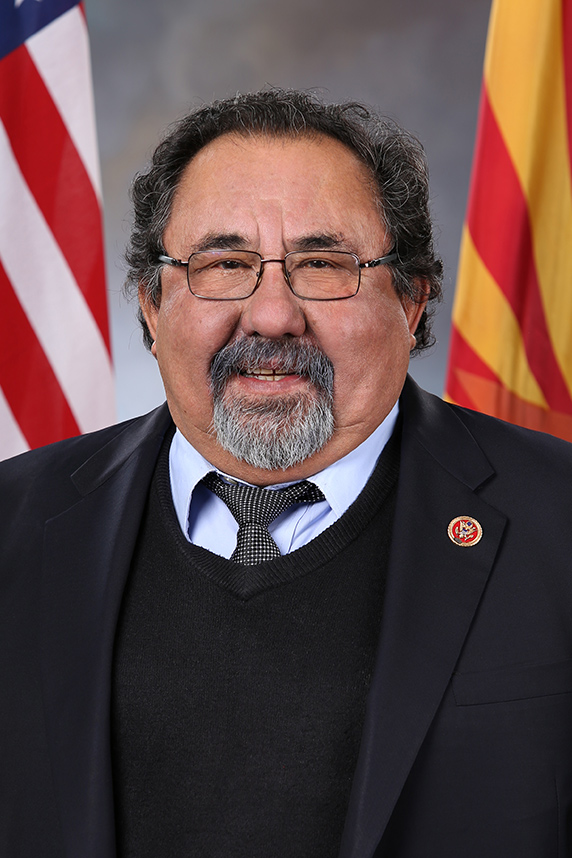 “We’ll explore what actions Congress must take to address these challenges,” said Grijalva. (Photo courtesy of Rep. Raul Grijalva)
“We’ll explore what actions Congress must take to address these challenges,” said Grijalva. (Photo courtesy of Rep. Raul Grijalva)Air pollution exposure
Since the outbreak of coronavirus, researchers have been puzzled by high rates of mortality among certain groups, including the poor and people of color.
Previous studies showed that the poor of all races and ethnicities tend to be exposed to more pollution than affluent whites. Dominici wondered whether weakened respiratory function from such exposure makes them more vulnerable to the virus.
“You could imagine why the air that we breathe could be a key factor to explain why we see higher mortality rates among African Americans,” said Dominici.
Pollution and disease overlap
Drawing on county-level data representing 98% of the U.S. population, Dominici compared exposure to PM2.5 before the pandemic with subsequent COVID-19 deaths. She found that even a small change in PM2.5 exposure — one microgram per cubic meter — increased the risk of death from COVID-19 by 8 to 10%.
Dominici stressed that researchers need better data to be able to connect minority groups’ exposure to air pollution with COVID-19 deaths.
“We don't have zip code-level data regarding the number of COVID deaths by race,” she said. “Without these data, it is really hard to estimate the risk of COVID deaths associated with PM2.5 separately for African Americans and other minorities.”
Health risks for Native Americans
“The neighborhood where I grew up and which I now represent has the highest incidence of infection and death from COVID-19 in the state,” said Grijalva. “And Arizona has lowest per capita testing rate in the country.”
Committee Vice Chair Rep. Deb Haaland, J.D., from New Mexico, described health problems among her constituents. She is a member of the Laguna Pueblo tribe.
“The legacy of respiratory illnesses from uranium mining and methane leakage from oil and gas development leaves them particularly vulnerable,” said Haaland. “Native Americans are 11% of the population of New Mexico, but constitute 47% of those testing positive for coronavirus.”
Sylvia Betancourt, director of the Long Beach Alliance for Children with Asthma, described effects of pollution and the pandemic on families she serves.
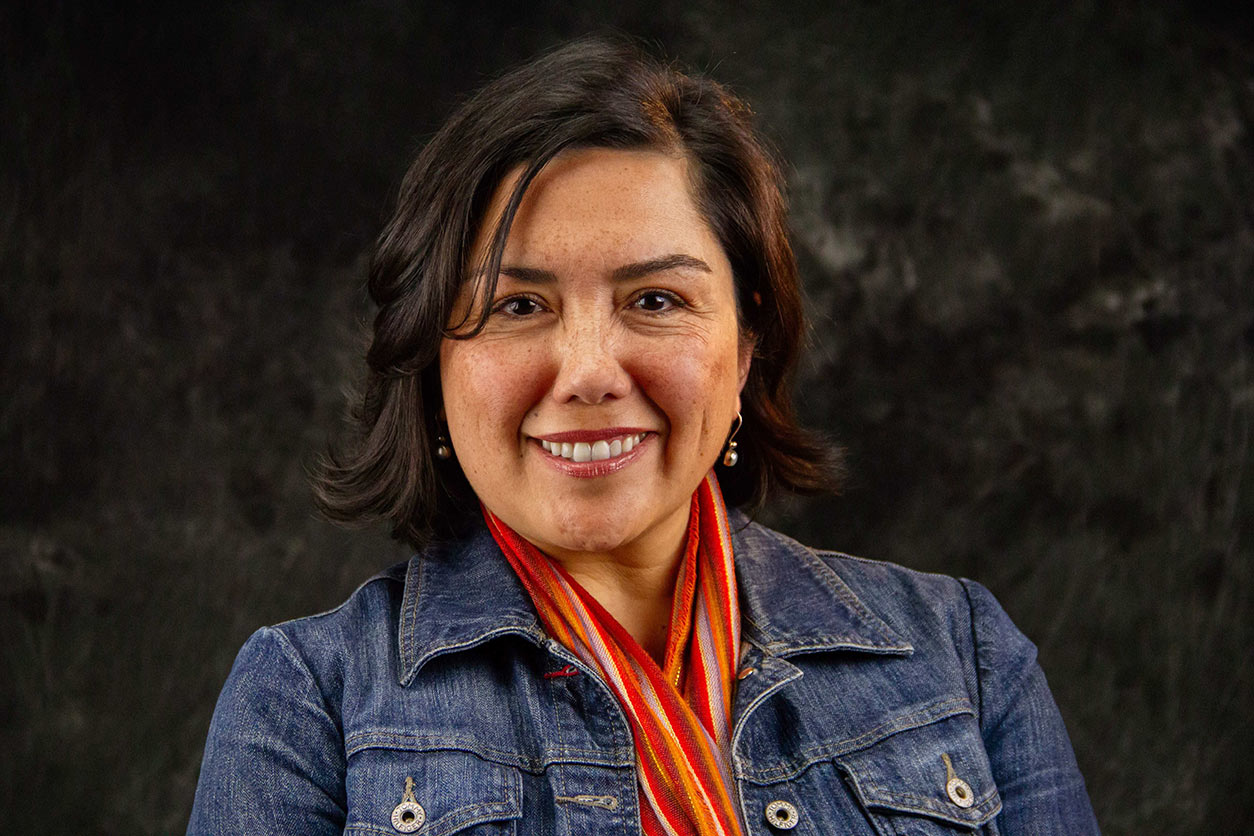 “In this COVID-19 world, things have drastically changed,” said Betancourt. “People in environmental justice communities can’t access health care, food, income, [or] education.” (Photo courtesy of Sylvia Betancourt)
“In this COVID-19 world, things have drastically changed,” said Betancourt. “People in environmental justice communities can’t access health care, food, income, [or] education.” (Photo courtesy of Sylvia Betancourt)“Our residents have no access to government programs because of their documentation status,” said Betancourt. “They are forced to stay in homes in neighborhoods that make them sick.”
The alliance is a partner of the Southern California Environmental Health Sciences Center at the University of Southern California, which is part of the NIEHS Environmental Health Sciences Core Centers Program.
(John Yewell is a contract writer for the NIEHS Office of Communications and Public Liaison.)





